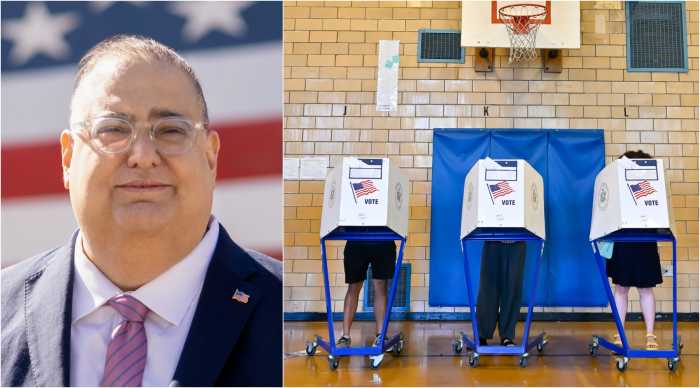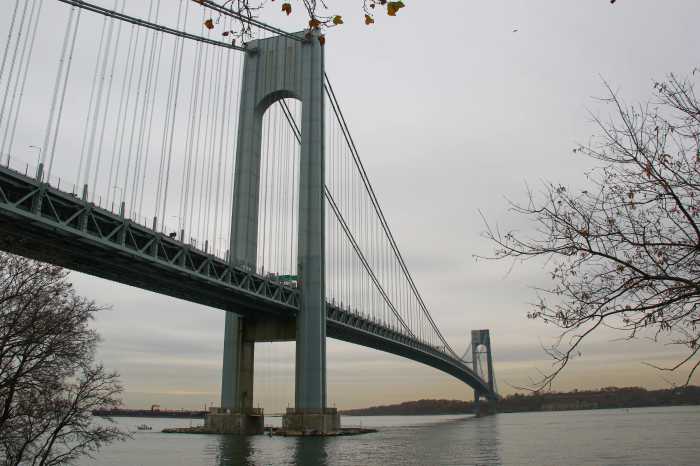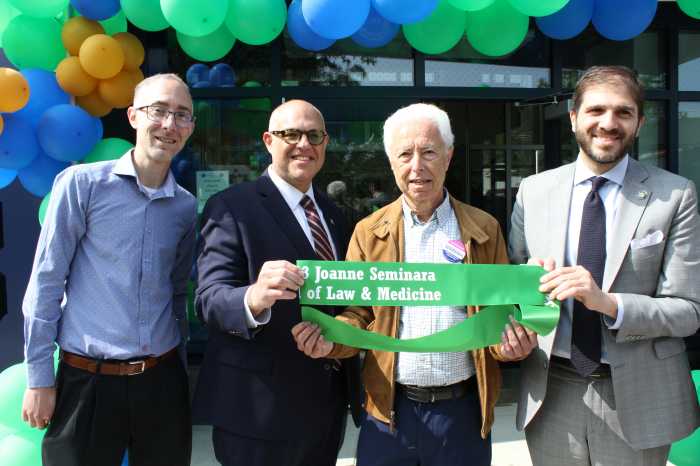The dream to replace the notoriously traffic-choked Gowanus Expressway with a tunnel was quietly killed this month when the federal government announced that it was dropping plans to rebuild the highway between Sixth Avenue and the Battery Tunnel or knock it down and burrow it underground.
The Federal Highway Administration released a statement on Nov. 16 proclaiming that plans to replace or tunnel the highway would be killed because of exorbitant costs, and that the existing road would remain for the foreseeable future.
“[The state] is reevaluating its program with emphasis on preserving our existing assets to ensure a continuous system-wide operations,” the notice, sent out by Jonathan McDade of the Federal Highway Administration, reads.
The news comes midway through the state Department of Transportation’s $680-million “interim” fix of the Gowanus, an 11-year-project to shore up the famously clogged artery, which many residents demanded be replaced with tunnel back in 1996, when the government announced plans to completely rebuild it.
The mammoth repair job was started in 2005 to keep the decrepit, 70-year-old highway intact for the next 15–20 years while the state comes up with a long-term plan for cars headed from the Brooklyn-Battery Tunnel to the Verrazano-Narrows Bridge.
Now, those plans are dead, and drivers will have to settle for its laundry list of upgrades which are on pace to be finished by early 2016. They include:
• Installation of a new concrete deck along most of the roadway.
• New lighting on the sections of highway that pass through Red Hook and Sunset Park.
• A wider connector ramp for cars accessing the Brooklyn-Queens Expressway from the Gowanus.
• A high-occupancy vehicle lane between the bridge and the tunnel that will be used for Manhattan-bound traffic from 6 to 10 am and Staten Island-bound traffic from 3 to 7 pm on weekdays.
To make the high-occupancy vehicle happen, the state is building an extra lane at the Prospect Expressway and an elevated span to carry carpoolers over the Belt Parkway interchange — all without shutting the busy Gowanus, which the state says carries 200,000 vehicles a day.
The project’s designer said the changes would nevertheless bring the expressway into the 21st century.
“It’s still a long ways off,” said state Department of Transportation Project Manager Harold Fink. “But when the project is complete, driving on the Gowanus will be very smooth.”
That’s how master builder Robert Moses envisioned when converted an elevated train to a highway in 1941.
With the construction of his masterpiece, the Verrazano Bridge, the Gowanus, which was widened to six lanes in the 1960s, provided a southern link to Staten Island and New Jersey — but also divided Carroll Gardens from Red Hook, split Sunset Park in two, and displaced a swath of residents in Bay Ridge who lived along Seventh and Eighth avenues, where the approach to the bridge was built.
The highway’s concrete deck and steel structure were severely deteriorated by the 1980s, prompting a slew of minor repairs to keep it from falling apart.
The current rehabilitation was considered the last such “interim” repair on the Gowanus before the Department of Transportation would have released a Draft Environmental Impact Statement for a permanent fix. But now, the government won’t be conducting that study.
Reach reporter Daniel Bush at dbush@cnglocal.com or by calling (718) 260-8310. Follow him at twitter.com/dan_bush.
























